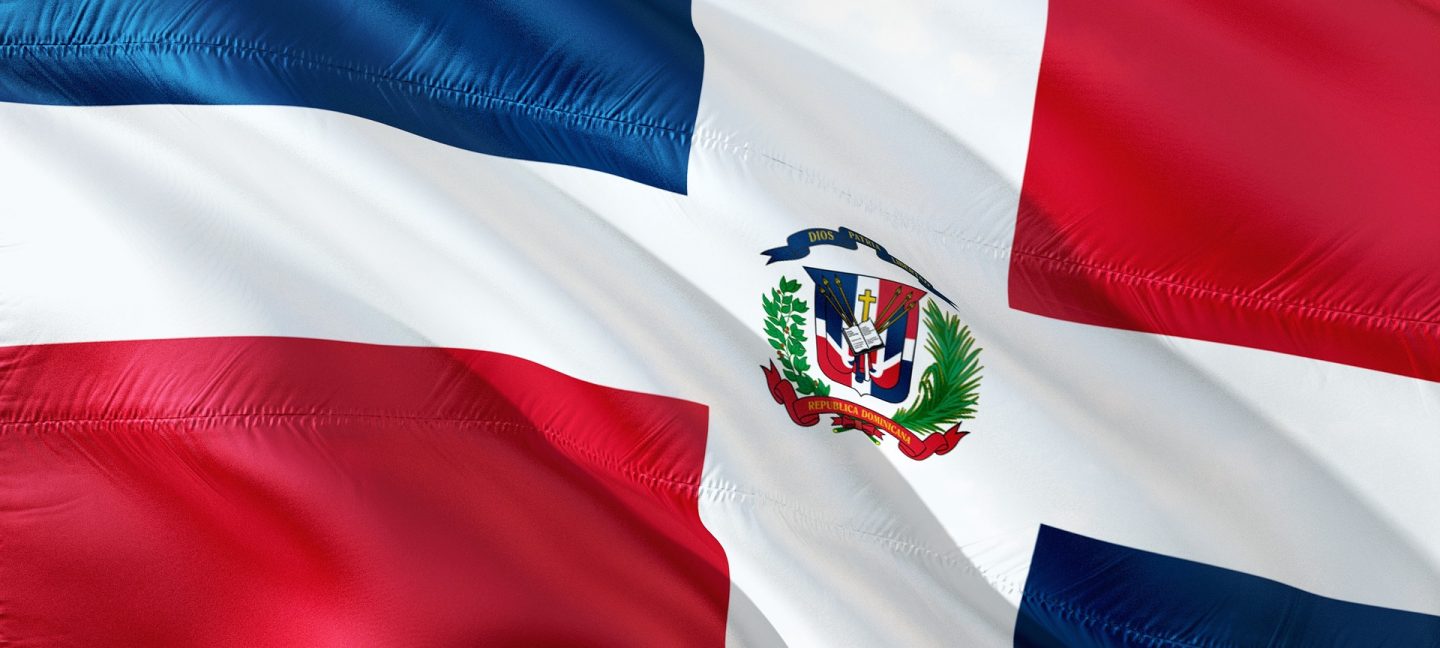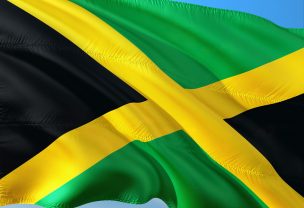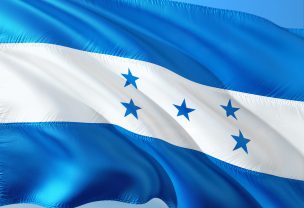Quick facts
- Full name: Dominican Republic
- Capital: Santo Domingo
- Largest city: Santo Domingo
- Official language: Spanish
- Area: 48,315 km2
- Population: 10,8 million (2017)
- Currency: Peso (DOP) 1 (DOP) = 100 centavo
- Foreign tourists: 6.1 million (2016)
- Travel risks and hazards: Petty crime, hurricane season.
The Dominican Republic is the fastest developing nation of the Caribbean. It is also one of the most visited in the region. The Dominican Republic is a must-see on many travelers’ bucket lists. Santo Domingo is the oldest city in the new world also listed as one of the UNESCO world heritage sites. It is one of the not many places where you can please your eye with Spanish colonial architecture in its purest form. The Dominican Republic also boasts some of the finest resorts and best golf courses of the Caribbean. As opposed to its neighbor the Dominican Republic is quickly catching up with the richest of the Caribbean countries and is a relatively safe destination to travel to however there are certainly some risks visitors should be aware of.
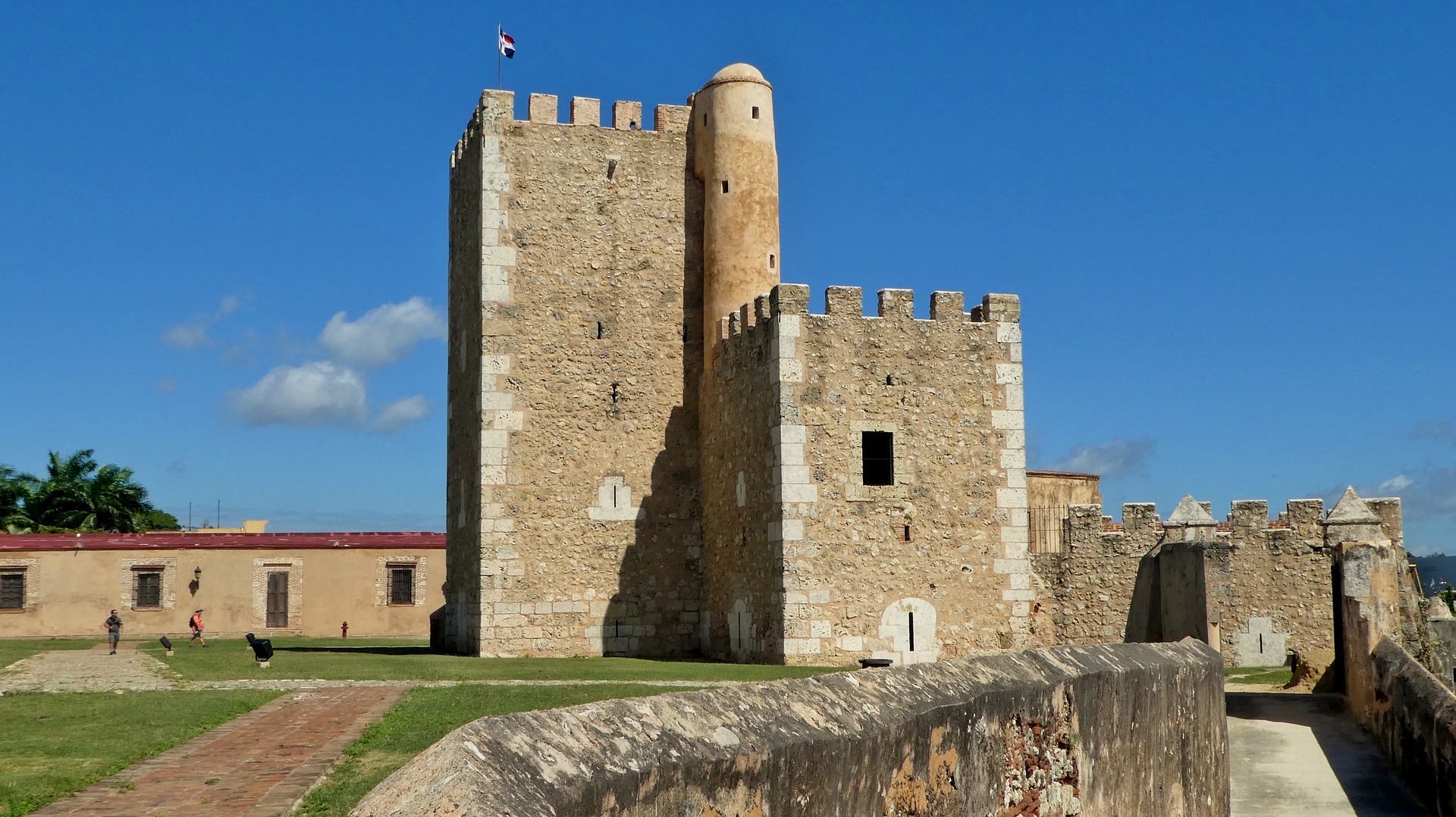
Traveling info
Everyone entering the Dominican Republic must have a passport valid for at least 6 months. If you are a citizen of the USA, Canada, Great Britain or any EU member state you are allowed to enter without visa however you’ll require a tourist pass which can be purchased upon arrival in ports and airports or in the DR embassies within the tourist’s nation or with traveling agencies or purchased online. (link in sources). The tourist card allows a stay for one time trip up to 30 days to DR and is valid for a year since the day of its purchase. Tourists staying beyond the 30 day period need to pay a proportional fee for prolonging their stay. All the other nationalities require to obtain a visa before entering the DR. (List of nations in sources). To drive in the DR you are required to obtain an international drivers permit which will allow you to drive for up to 3 months, after that time has passed you’ll be required to have a DR driving license. The resident of the USA and Great Britain do require to obtain an IDP and can use their national licenses. To rent a vehicle in the DR you will be required to have a valid driver’s license, insurance, credit card, passport and be between the age of 25 to 80. To maximize your safety, according to Dominican law you should carry proof of identification with you wherever you go.
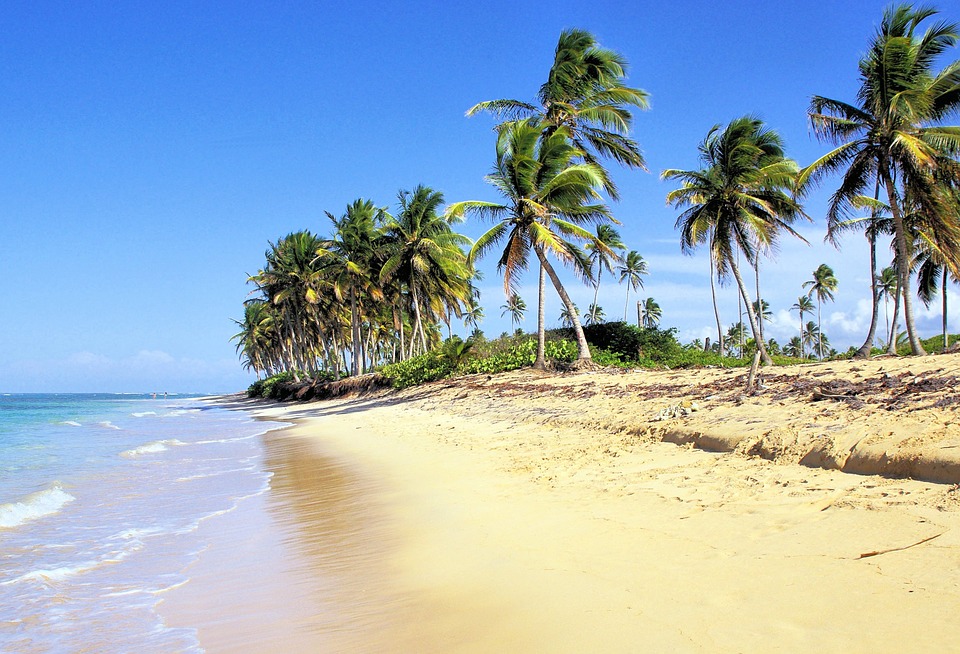
Traveling hazards
Out of the traveling hazards, your worst fear will be the local drivers. Although the traffic laws are very similar to those of the USA, they are not executed in an orderly manner as there is little control to the laws that apply to drivers. There are almost constant reports from tourists about the local drivers who tend not to use blinkers which in turn causes great confusion and creates serious danger, especially on high-speed roads. Instead, the locals rather use hand signals reaching their arms out the windows to signal when they’re about to turn. Other vehicles are often speeding often with damaged headlights or rear lights. In case of an accident, vehicles are usually held in place until police arrive to move the crashed automobiles. If moved without police supervision you may be held liable for the collision. Motorcycles are very common on the DR roads and these usually drive erratically. It is estimated that less than 1% of the motorcyclists are licensed. They often tend to drive without any protective gear such as helmets as the local forces tend not to enforce this law.
When it comes to infrastructure DR boasts with the most well-developed highway system in the Caribbean, however, driving at night no matter whether on a highway or a rural road can be dangerous. The lane markings are poor and road signs indicating speed bumps are rare. Rural roads tend to have a lot of potholes along with missing manhole covers. Mudslides can be a problem after heavy rains. Animals, wild and domesticated, especially the second mentioned often wander out on the road.
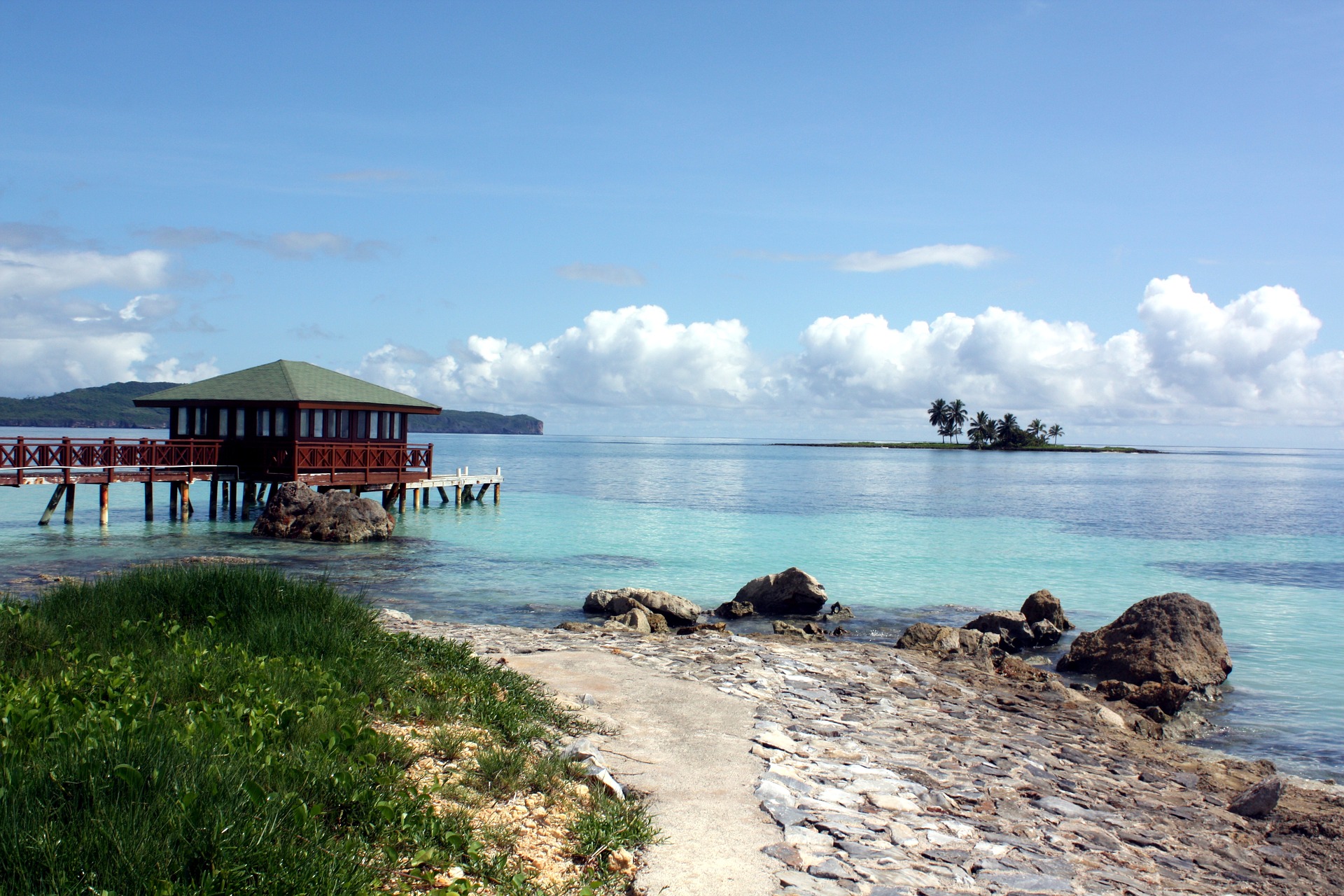
Environmental hazards
Similarly to its neighbor, the DR’s most dangerous land creature happens to be the American crocodile which inhabits only the areas of Lago Enriquillo. Mosquitoes will most probably be the worst of all the dangers as they might carry the dengue fever or malaria, therefore, it is advised to minimize the risk of being bitten by any bugs. Large spiders including the tarantula, brown recluse and banana spiders are common across the island however none of these have venom potent enough to kill a man however allergic people are advised to exercise increased caution around these. There are snakes in the DR but you are very unlikely to come across one as they inhabit areas far from any urban centers also they do not pose a threat to humans as none of these are venomous.
The DR experiences the same earthquake problem as its neighbor including the same storm season beginning in late summer and lasting until early autumn. Rainfalls may mudslides which in turn may cause danger for hikers or drivers.
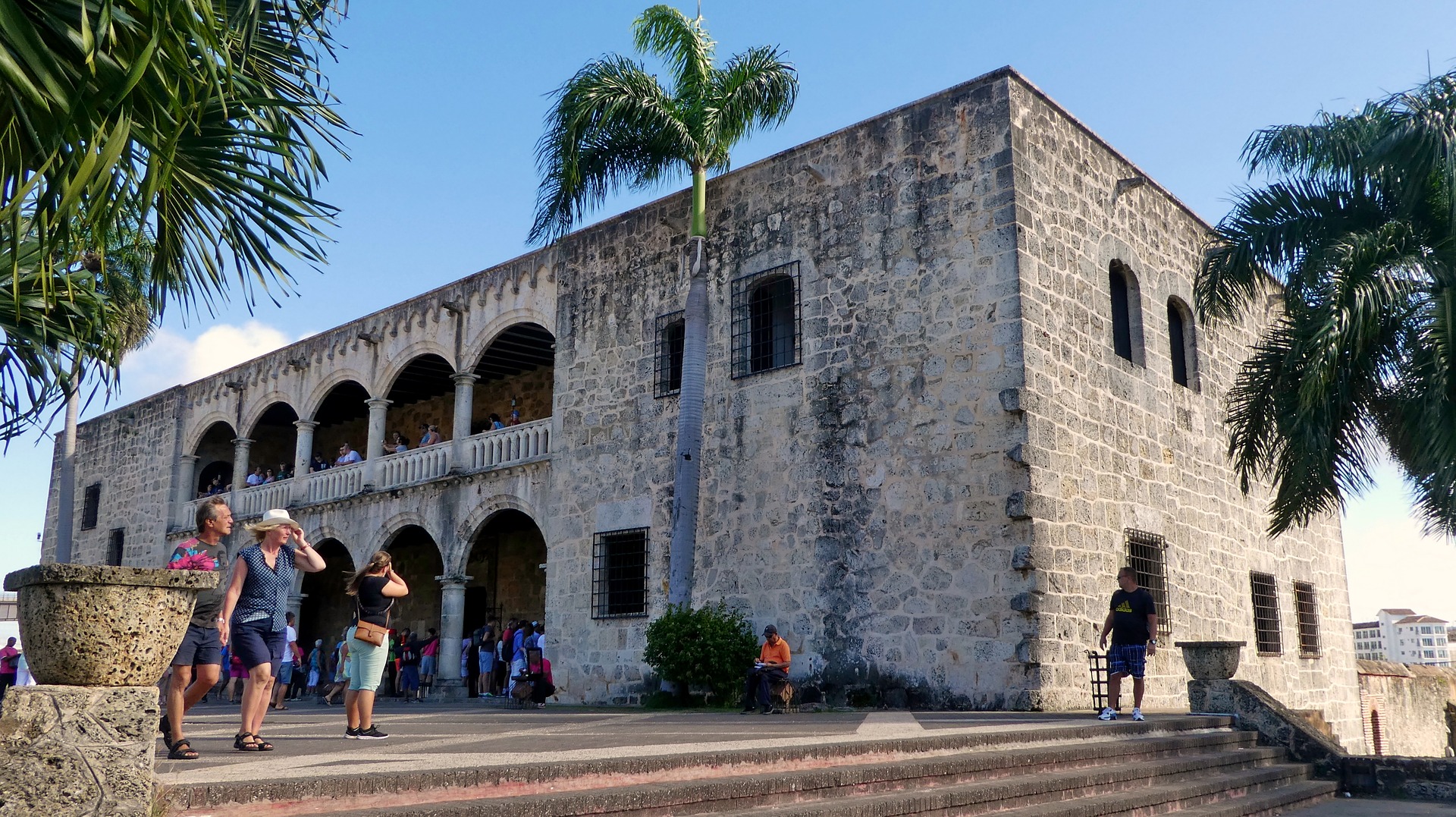
Health hazards
There are no required vaccines upon entering the DR however there are some recommended vaccines you should consider. These include Hepatitis A and B, typhoid, malaria and rabies vaccines. You should also exercise increased caution when it comes to bug bites. The entire Caribbean region is prone to Zika virus carried by mosquitoes. HIV/AIDS rate in the DR is among the lowest in the region. The healthcare can vary in standard depending on the region. The public hospitals will provide you with free healthcare however medicine, x-rays, and stitches, etc. have to be paid for. At best the standard of care in these hospitals is average. If treated is such hospital, food, bed sheets and toilet paper won’t be provided to you by the hospital which means you’re supposed to have them with you. You also have a very little chance of communicating in English. The hospitals in Santo Domingo and Santiago are world-class hospitals with the latest equipment and highest standard of care. You may easily communicate in English, there are private as well as public rooms which do not fall behind the private rooms in quality however the healthcare is not free and you’ll need to be for the services unless you are insured. There are also private clinics for tourist. These are not as large as the hospitals in Santo Domingo or Santiago but will provide you with the European standard and of course, they’re not free but they do accept insurances. Important to note is that the nurses do not have the same responsibilities as in UK or USA. The nurses administer injections, dressing change, etc. which means the family is responsible for providing food, clothes, and bathing.
In case of an emergency call 112 or 911.
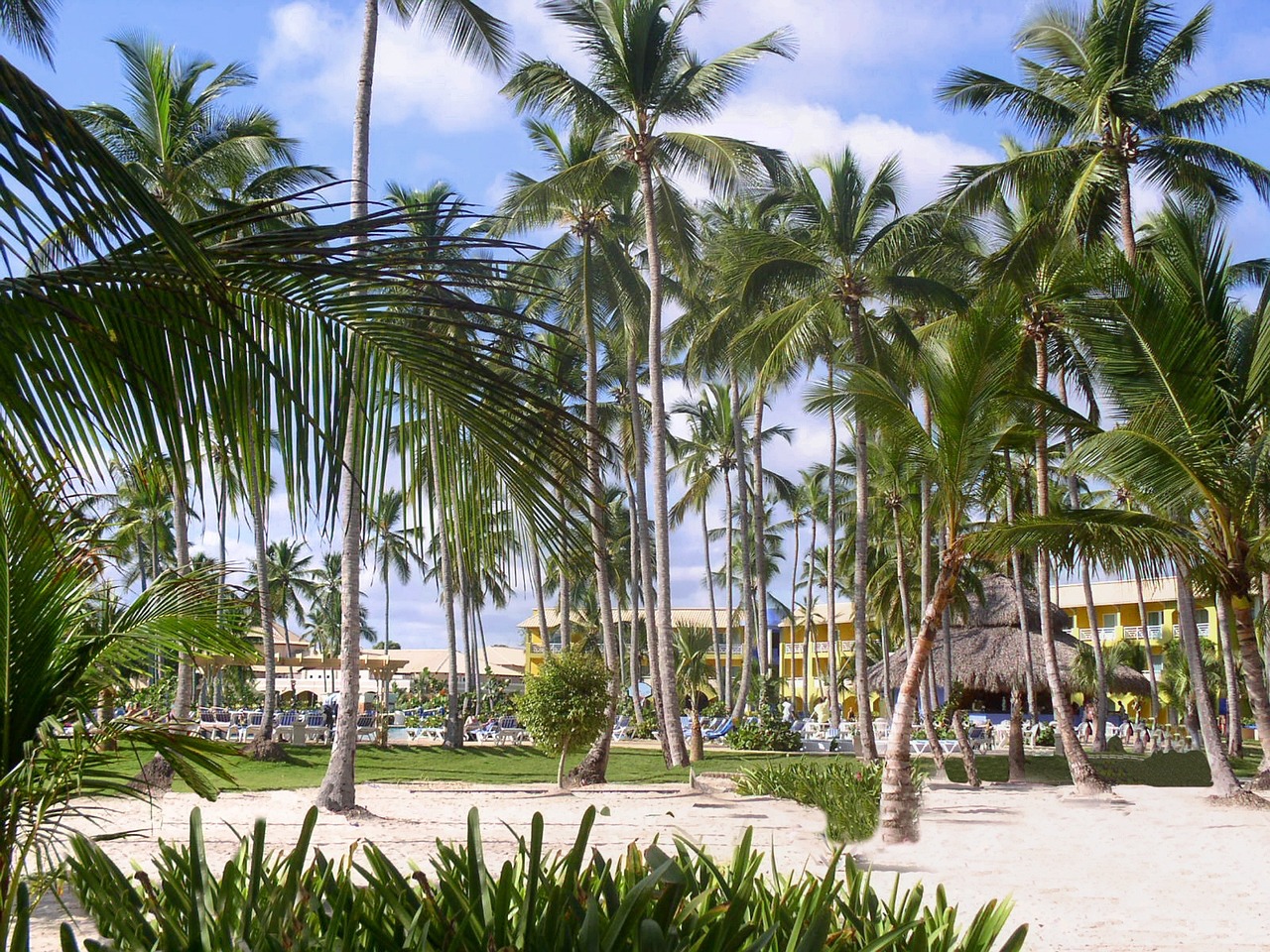
Crime
Although the US travel advisory states that you are to exercise increased caution, you are generally safe in the tourist areas as they are constantly patrolled however stay vigilant as no matter the place or time, you might be a victim of pickpocketing or mugging. Violent crime does occur on the island and remains a serious problem for the authorities however it rarely affects tourists or tourist areas. The most reported crime by tourist is the drive by snatching which usually involves two men on a scooter or a moped snatching valuables, handbags, etc. while driving past their target and disappearing without a trace. Goods stolen in such way are usually not recovered as there is a very little indication as to who might have done it. It is also advised to avoid using ATMs as you might be targeted, followed and robbed at gunpoint. The safest option is to keep most of your valuables in the hotel if possible and plan your expenses ahead to only carry the token amount you’ll require for the day. Money belts are also recommended to ensure your security from pickpocketing.
In terms of drugs, possession of any sort and amount of narcotics is illegal and punishable with the minimal penalty of 6 months of imprisonment and a fine of 1200 (USD).
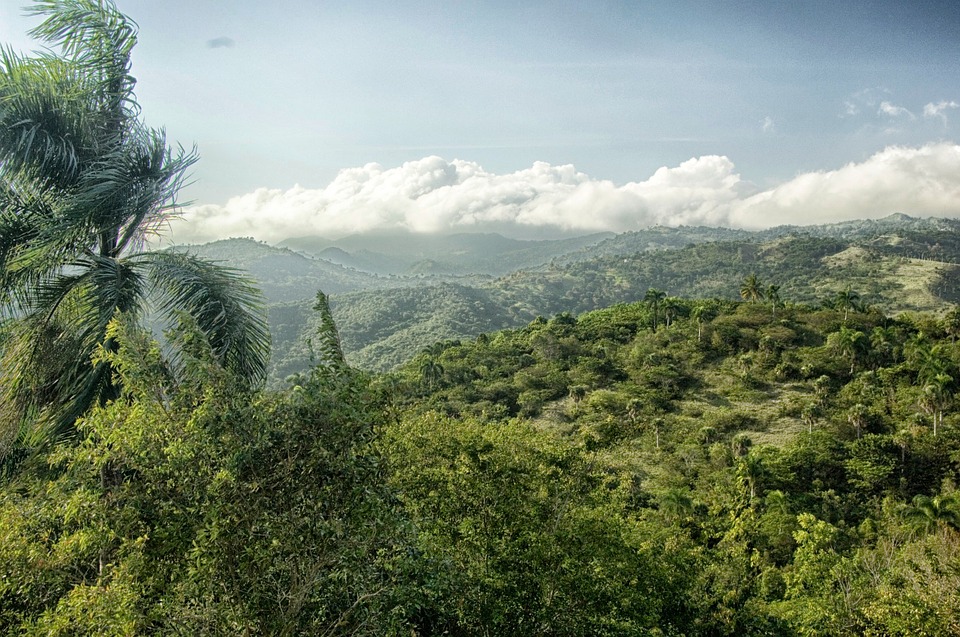
Summary
Overall DR is one of the most popular Caribbean destinations for tourist from all over the world attracting them with beautiful beaches, sky blue water, incredible landscapes old colonial architecture and much more. It is also generally a safe destination with a developed infrastructure and healthcare system making it an interesting destination to choose. Remember that planning your trip with Travset.com will give you the quickest information about nearest emergency services and will also help you purchase indispensable travel insurance for the trip of your lifetime. Please feel free to comment and share the experiences of your travels with Travset.com.
Sources
(Vaccines)
https://wwwnc.cdc.gov/travel/destinations/traveler/none/dominican-republic
(US travel advisory)
https://travel.state.gov/content/travel/en/traveladvisories/traveladvisories/dominican-republic-travel-advisory.html
(Tourist card)
http://www.dgii.gov.do/tarjetaTuristica/EN/about/Paginas/default.aspx
(Visa countries)
http://www.dgii.gov.do/tarjetaTuristica/EN/about/Documents/CountriesneedingaVisatoentertheDominicanRepublic.pdf



